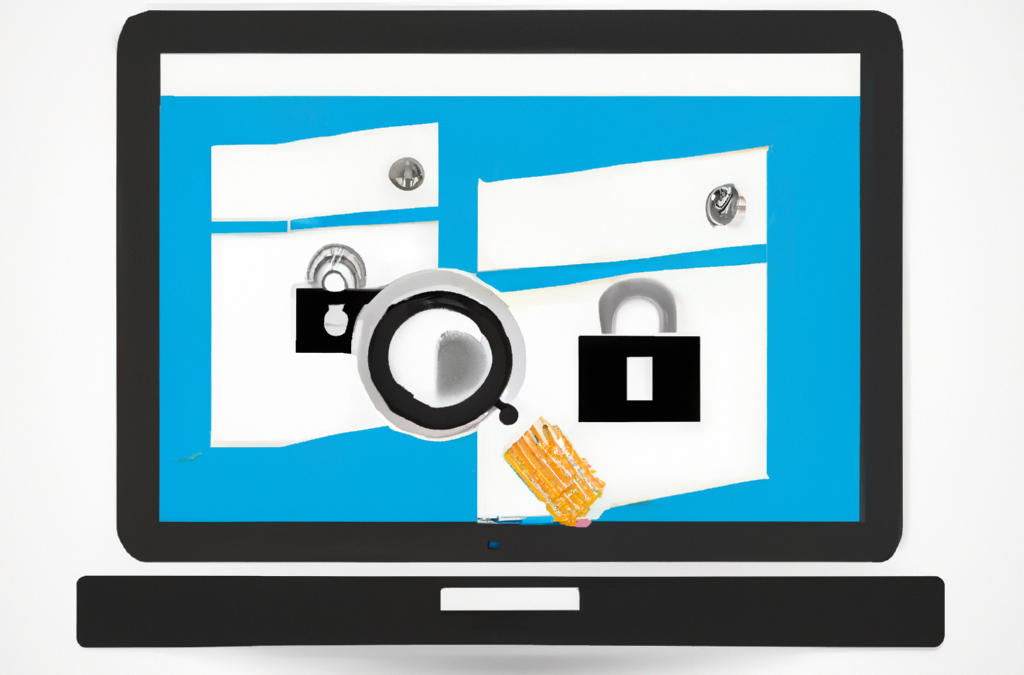A secure website is crucial for protecting your users’ data, your business reputation, and your online presence. In today’s digital landscape, cyber threats are ever-present and constantly evolving, making it essential for website owners to take proactive measures. In this blog post, we’ll discuss seven tips to help you protect your website from security threats.
- Keep Your Software Up-to-Date:
Regularly updating your website’s software, including content management systems (CMS), plugins, and themes, is essential for maintaining security. Outdated software can contain vulnerabilities that hackers exploit to gain unauthorized access. Always install security patches and updates as soon as they become available.
- Use Strong Passwords and Enable Two-Factor Authentication:
Ensure that all user accounts on your website have strong, unique passwords that are not easily guessable. Encourage users to use a combination of upper and lowercase letters, numbers, and special characters. Enable two-factor authentication (2FA) for an extra layer of security, requiring users to verify their identity with an additional method, such as a text message or authentication app.
- Secure Your Website with HTTPS:
Use HTTPS (Hypertext Transfer Protocol Secure) to encrypt data transmitted between your website and users. HTTPS helps protect sensitive data such as login credentials and personal information from eavesdropping and tampering. Obtain an SSL (Secure Sockets Layer) certificate from a trusted Certificate Authority (CA) to enable HTTPS on your website.
- Regularly Back Up Your Website:
Regularly back up your website’s data and files to ensure that you can quickly restore your site in case of an attack, data loss, or other issues. Store your backups in a secure, off-site location to prevent unauthorized access. Consider using automated backup solutions to save time and ensure consistent backups.
- Monitor and Limit User Access:
Control who has access to your website’s backend and limit permissions based on each user’s role. Regularly review user accounts and remove any that are no longer needed. Track user activity and be vigilant for any suspicious behavior that may indicate a security breach.
- Implement a Web Application Firewall (WAF):
A Web Application Firewall (WAF) helps protect your website from common attacks like SQL injection, cross-site scripting (XSS), and other exploits by filtering and monitoring HTTP traffic between your website and the internet. Choose a reliable WAF provider and configure it to suit your website’s specific security needs.
- Regularly Scan for Vulnerabilities and Malware:
Use vulnerability scanning tools and malware detection software to regularly scan your website for security issues. These tools can help you identify potential vulnerabilities and infected files, enabling you to address issues before they escalate. Schedule regular scans and act promptly to fix any identified problems.
Protecting your website from security threats is an ongoing process that requires vigilance and proactive measures. By following these seven essential tips, you can significantly reduce the risk of cyberattacks and ensure a safe and secure online experience for your users. Remember, investing in your website’s security is not just about protecting your data; it’s about safeguarding your users’ trust and your business’s reputation.
![]()

